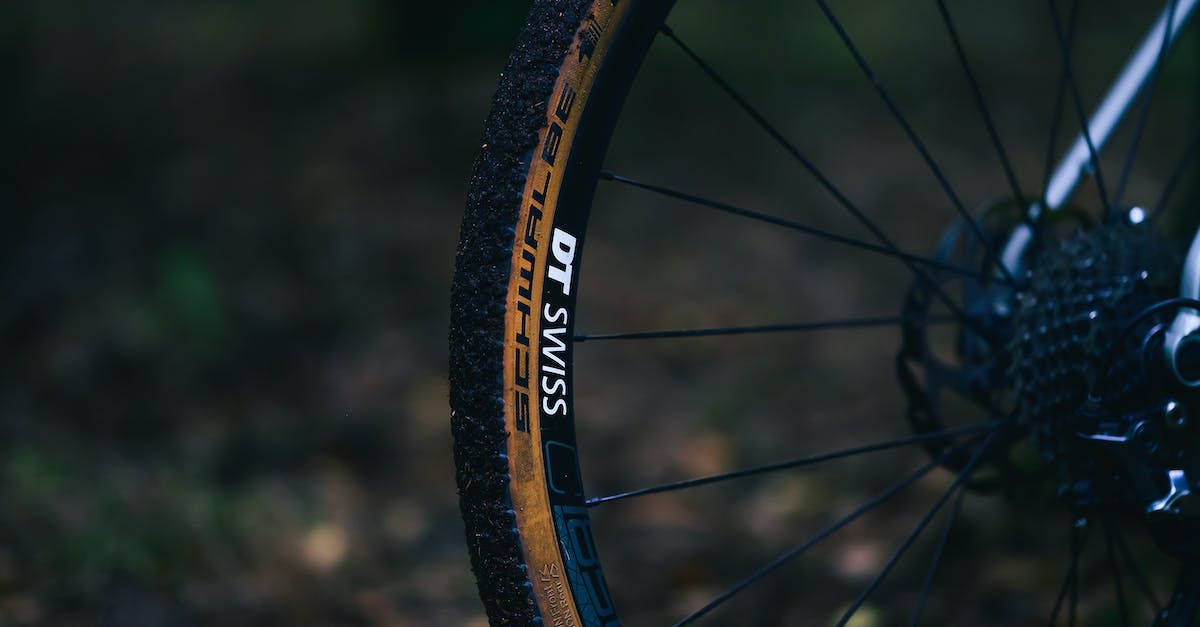Puhnk-chuhr Ree-zis-tuhnt Tyres
Noun, Adjective
Tyres designed to be resistant to punctures
Example usage: I recommend investing in puncture-resistant tyres if you plan to cycle on rough terrain.
Most used in: Areas with rough terrain or roads with debris.
Most used by: Commuters and off-road cyclists.
Popularity: 8/10
Comedy Value: 2/10
Also see: Puncture-Proof Tyres, Flat-Proof Tyres, Kevlar Tyres, Puncture-Protected Tyres,
What are Puncture-Resistant Tyres?
Puncture-resistant tyres are a type of bicycle tyre specifically designed to reduce the chance of a flat tyre. They are usually constructed from a combination of rubber and Kevlar or other similar materials. The aim of these tyres is to provide a smoother ride, better grip, and the ability to resist punctures from sharp objects such as glass, thorns or nails.
The main difference between regular tyres and puncture-resistant tyres is the thickness of the material. Puncture-resistant tyres are much thicker than regular tyres, typically ranging from 1.5 millimetres to 6 millimetres. This extra layer of material helps to protect the inner tube from punctures.
Puncture-resistant tyres are becoming increasingly popular with cyclists due to their improved durability and performance. According to a recent survey, more than 40% of cyclists now use puncture-resistant tyres on their bikes. This is in comparison to just 10% of cyclists who used them in the past.
Puncture-resistant tyres are a great way to improve the performance and reliability of your bike. They are also relatively inexpensive, so they are a great way to save money in the long run. If you are looking for a way to reduce the chances of a flat tyre, then puncture-resistant tyres are definitely worth considering.
The Origin of the Term 'Puncture-Resistant Tyres' for Cycling
The term 'puncture-resistant tyres' was first used in the cycling industry in the late 19th century, around the 1880s. It is believed that the first use of the term was in England, where the development of the cycle industry was booming at the time.
The invention of the pneumatic tyre in the late 1880s revolutionized the cycling industry, making cycling more comfortable and enjoyable. This led to an increased demand for tyres that could resist punctures and other wear and tear. Companies began to market their tyres as 'puncture-resistant', and the term was widely used to describe this type of tyre.
Today, the term 'puncture-resistant tyres' is used to describe tyres that are designed to resist punctures and other wear and tear, and it is widely used in the cycling industry. The term is used to describe tyres that are made from materials such as Kevlar, which are more resistant to punctures than traditional tyres.












